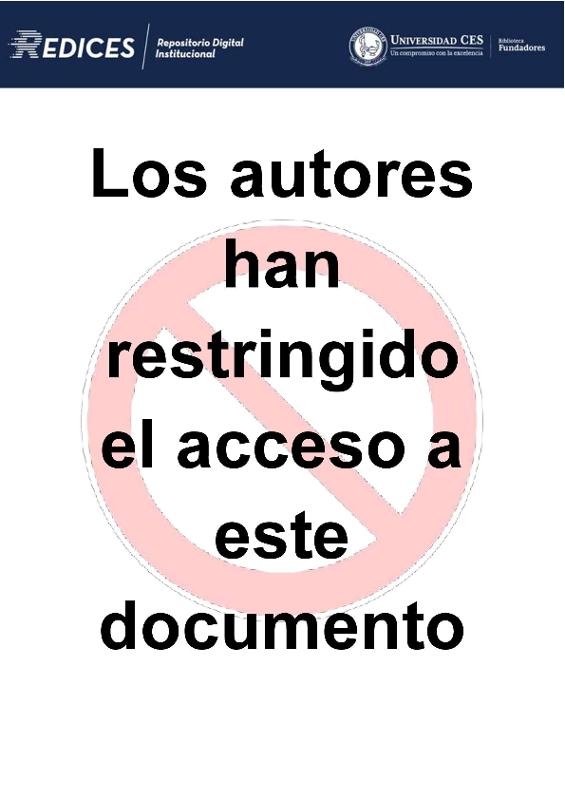Mostrar el registro sencillo del ítem
Comparison between two bone supported distalizers: bone supported pendulum (bsp) and the dual force distalizer (dfd). Long term
| dc.contributor.author | Oberti Echandia, Giovanni | |
| dc.contributor.author | Villegas, Carlos | |
| dc.contributor.author | Carvajal, Juan Felipe | |
| dc.contributor.author | Tiziano, Baccetti | |
| dc.date.accessioned | 2022-11-30T18:58:41Z | |
| dc.date.available | 2022-11-30T18:58:41Z | |
| dc.date.issued | 2009 | |
| dc.identifier.uri | https://hdl.handle.net/10946/7243 | |
| dc.description.abstract | In the treatment of Class II malocclusions different techniques have been used to distalize upper molars with the purpose of obtaining a Class I molar relationship, avoiding the extraction of premolars. A great variety of intra and extraoral distalizing systems with dental anchorage have been used for this purpose, several difficulties with these devices related to the loss of anchorage have been found, among them are: labialization of upper anterior teeth, inclination of molars and lack of cooperation of the patient 9 For this reason, several intraoral appliances that don’t require dental anchorage but a bone supported anchorage have been used | spa |
| dc.language.iso | en | spa |
| dc.publisher | Universidad CES | spa |
| dc.subject | Department of Orthodontics | spa |
| dc.subject | Student of Orthodontics | spa |
| dc.subject | Treatment results | spa |
| dc.subject | Supported Distalizers | spa |
| dc.subject | Malocclusions | spa |
| dc.title | Comparison between two bone supported distalizers: bone supported pendulum (bsp) and the dual force distalizer (dfd). Long term | spa |
| dc.type | Trabajo de Grado | spa |
| dc.rights.accessrights | info:eu-repo/semantics/closedAccess | spa |
| datacite.rights | http://purl.org/coar/access_right/c_14cb | spa |


